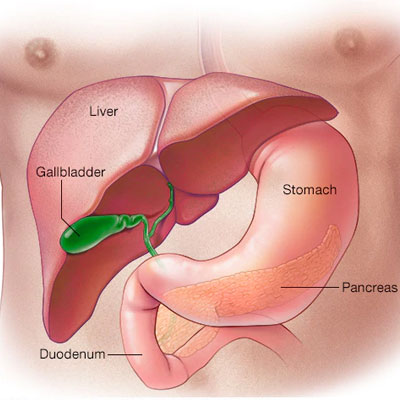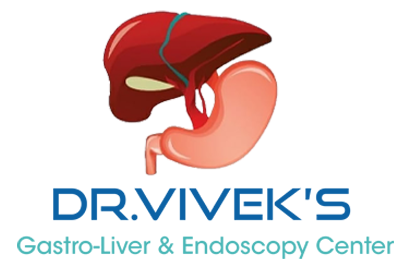Endoscopic ultrasound (EUS) is a system that uses sound waves to take images of the pancreas, bile duct and digestive tract. EUS and Endoscopic Retrograde Cholangiopancreatography (ERCP) has become progressively more essential to the analysis and the management of pancreatic infections. An endoscope is a slight, lighted tube which is inserted into the patient's mouth and is guided down through the stomach and into the initial part of the small digestive system (duodenum).
Why Use EUS?
EUS is the most valuable imaging studies for diagnosing pancreatic disease. It is an outpatient procedure at endoscopy hospitals in Wanaparthy that gives detailed images of the pancreas and surrounded tissues including the liver, blood veins, and lymph nodes. EUS depends on high frequency sound waves to make an image of the organs. Since the endoscope permits the ultrasound test to get close to the pancreas detailed images can be produced, and small tumors in the pancreas can be identified. ERCP additionally permits the gastroenterologist in Wanapathy to imagine the bile and pancreatic ducts. It is regularly performed when a patient shows side effects of jaundice, which can demonstrate presence of a mass narrowing or impeding the conduits.

All through the method patient will hold a minimum level of consciousness and keep you from feeling actual distress during the system. Patient will be asked to position on a side and the endoscope will be sent through mouth and into the stomach and small digestive tract. The EUS technique requires around 60 minutes. The ongoing needle direction given by the EUS system empowers the doctor to biopsy a suspicious cyst or suspected tumor in a cycle called Fine Needle Aspiration (FNA). Complications with EUS methods are uncommon however may incorporate pancreatitis, gastrointestinal bleeding, and unfavorable reactions to the sedative medication. Disease of a pancreatic cyst after FNA is likewise possible, and regularly anti-infection agents are given to reduce the risk.
A small bowel endoscopy in Mahabubnagar permits a doctor at stomach endoscopy clinics in Mahabubnagar to explore the whole small bowel from either an oral or rectal methodology, enabling them to perform both diagnostic and therapeutic techniques within the small bowel without a need of an open surgery. Dr. Vivek Sagar Pallepagu is the best gastro doctor who performs best endoscopy treatment in Wanaparthy.
Specialists use a unique endoscope that, when swelled with air, can extend sections of the small digestive tract enabling the camera to draw a closer view. It is in general utilized for examining suspected small intestinal bleeding in people with obscure gastrointestinal dying (e.g., iron-insufficiency anemia, positive fecal occult blood test or obvious bleeding), who have had upper and lower gastrointestinal endoscopies that have neglected to distinguish a bleeding source. It is also used for analyzing a person suspected to have Crohn's disease (abdominal pain, diarrhea, fever, raised white platelet count, increased erythrocyte sedimentation rate, weight reduction or bleeding) and for treating patients with gastrointestinal bleeding when the small digestive system has been recognized as the source of bleeding. An empty stomach allows the best and safest examination for which one should fast for 12 hours have nothing to eat or drink, including water before Endoscopy. Patient is informed by the doctor as when to begin fasting.
